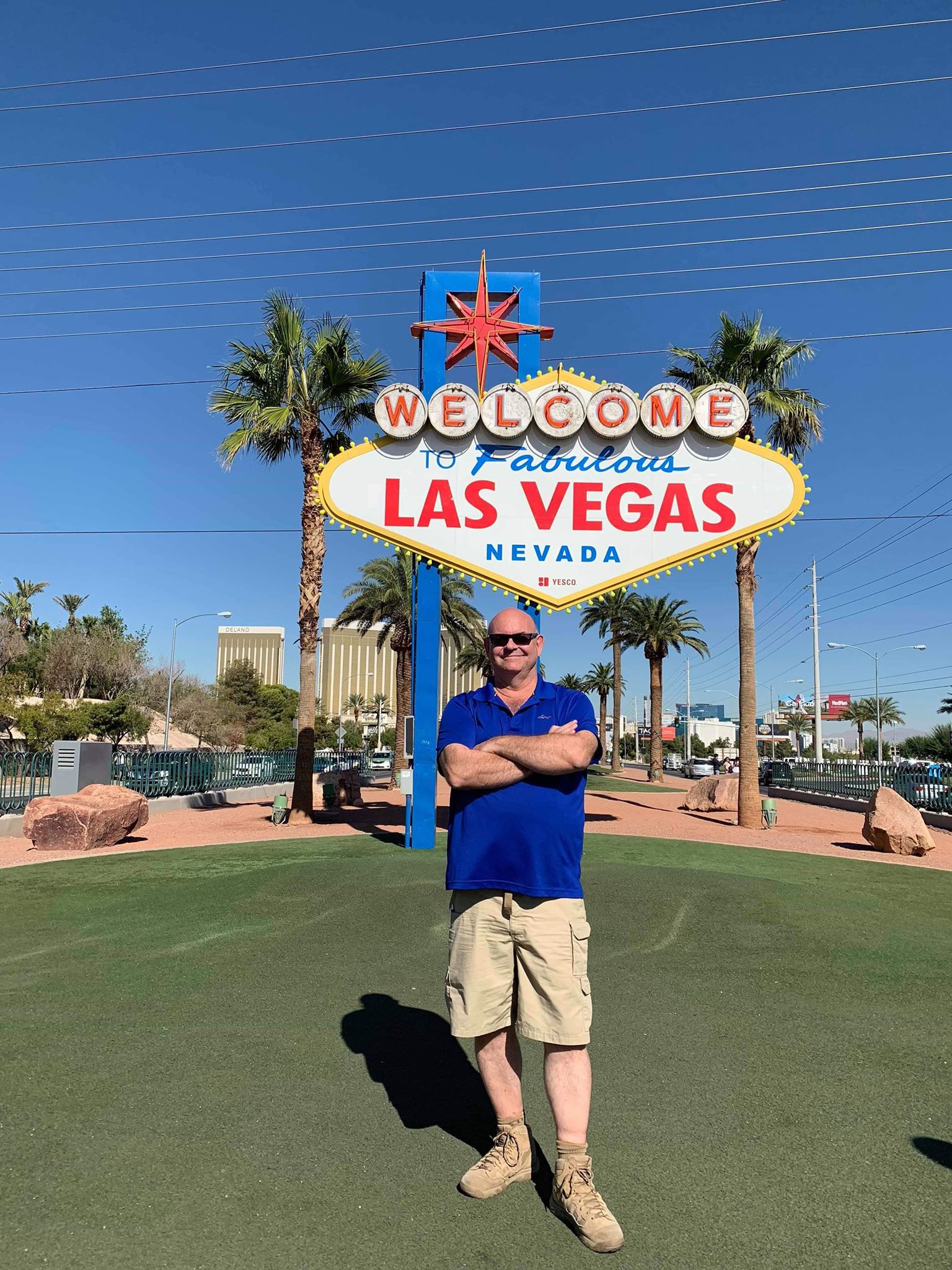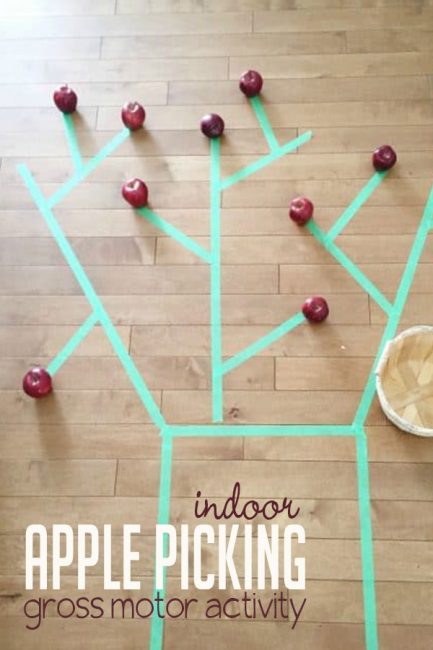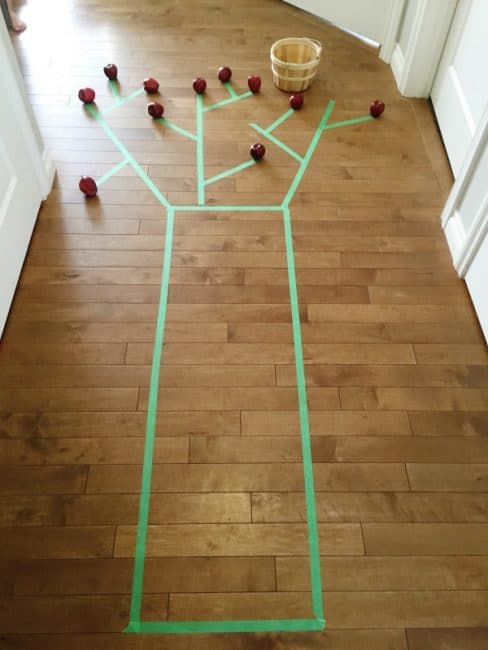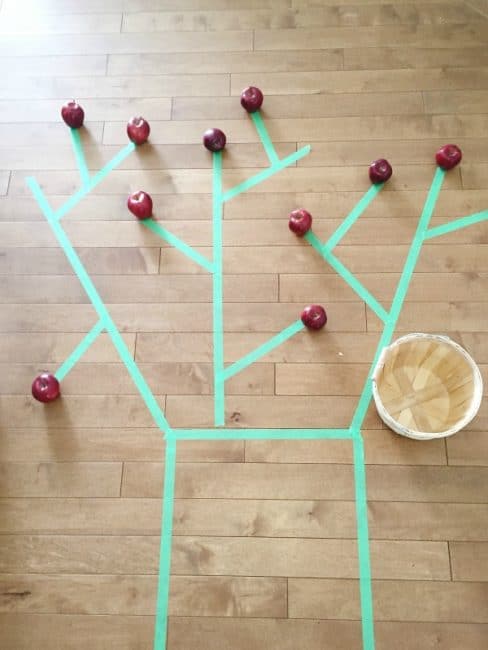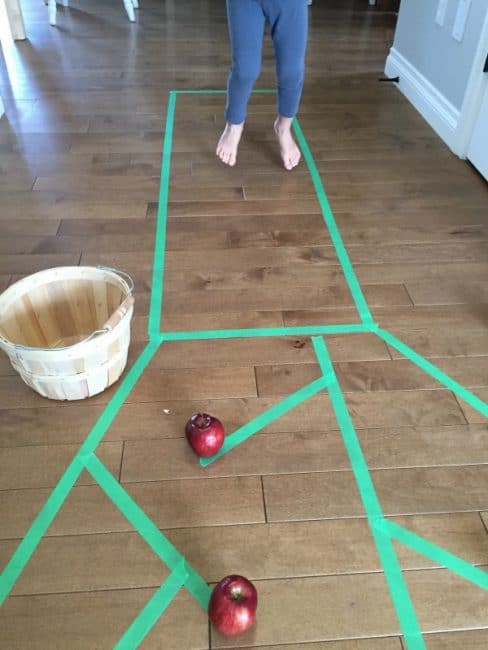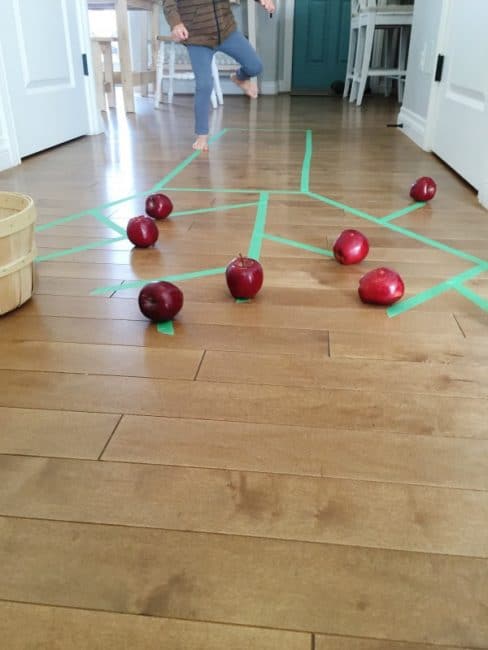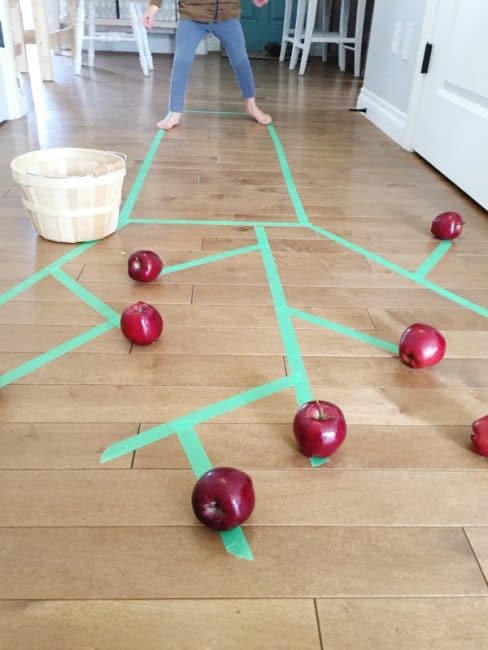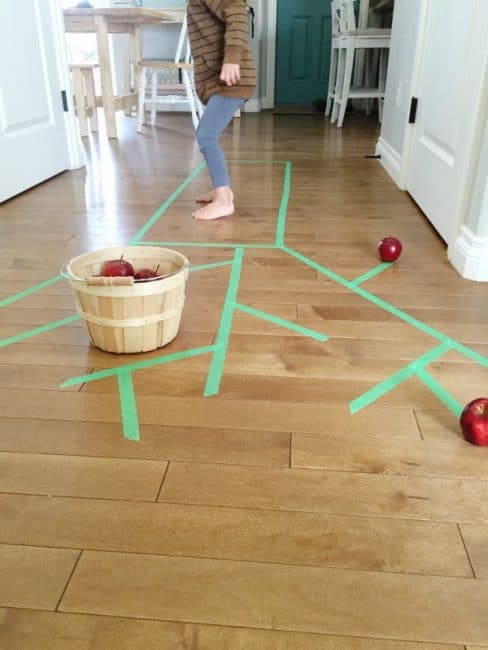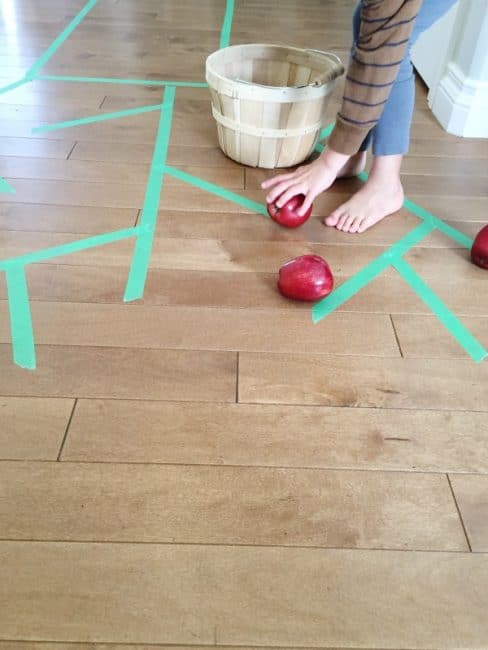Inside the walls of Cobra, the KING F9 SPEEDBACK iron project was referred to by its codename.
Bruce Lee.
Why? According to Cobra’s VP of R&D, Tom Olsavsky, “because he kicks ass.” The new irons? They kick ass too.

Truth be told, I haven’t been the biggest fan of Cobra’s more recent game improvement irons, but why dwell on the past when this time around things are different? As with the driver, the shape of the F9 SPEEDBACK irons is purposeful, though unconventional It’s a design that may prove to be polarizing, but as with the driver, I love that Cobra is taking a risk on something different that’s not just for show.
What you’ll likely notice are boxier heel and toe regions that house a significant amount of tungsten. Very early prototypes featured F7 driver weights welded to the heel and toe portions of the iron. It turns out, F9 SPEEDBACK wasn’t the most radical design on the table. The final version is more conventional than it could have been, but Cobra is still banking that its F golfers (80% have handicaps above 10) are willing to buy into something that looks a little different because of the improved performance it delivers.

F9 SPEEDBACK is Cobra’s attempt to resolve a critical flaw with most distance irons on the market today. They may be long, but despite manufacturer claims to the contrary, they’re not particular forgiving. I suppose the converse is true for many game-improvement designs. They’re forgiving, but in the grand scheme of things, they’re often not among the longest. Cobra’s position more or less holds true when you consider MOI and Sweet Area. Mizuno’s JPX919 Hot Metal is good, and you can make a case for PING G700, but that one has a blade length that’s longer than most.
Ultimately what Cobra was seeking to create with the F9 SPEEDBACK is an iron that’s truly long, truly forgiving, and doesn’t rely on an overly long blade to make it happen. If some other things have to look a little bit different for that to work, so be it.

Unique Shaping
Some of the things packed into the F9 irons are typical of what you’d expect from Cobra in this category. Progressive hosel lengths that are shorter in the long irons keep CG low. Longer hosels in the scoring irons raise CG to help generate a penetrating flight with more spin. It’s all part of Cobra’s TechFlo design strategy.
What is new is the shape. It’s boxy, and I need to be clear about this point, boxy isn’t the same as clunky, and I’m not calling F9 a bag full of shovels either. It’ good boxy – if that makes sense. Typically flowing regions, specifically, the low heel and toe regions have been squared off considerably. That allowed Cobra to place a massive amount of tungsten (image below) in those areas (33-grams of tungsten in the 7-iron alone). That gets you a huge boost in inertia without having to make the club any larger, but yeah, it does look a little different.

The second unusual detail is the F9’s two-tiered SPEEDBACK Sole. Olsavsky calls it a weight belt, but what we’re talking about is a wide sole that’s used to push weight lower and deeper into the head to create higher launch. By way of comparison, center of gravity locations are significantly lower than F8 in the longer irons and appreciably higher in the scoring clubs. That extra mass has everything to do with controlling trajectory.
We’ve heard this part of the story before and because of that wide soles aren’t usually particularly noteworthy. With the F9 SPEEDBACK, however, there’s a bit more to it. The SPEEDBACK sole features a narrower, raised center section that’s dramatically thinner than the total sole width. It’s designed to improve turf interaction, which generally isn’t the strength of wide sole irons. My experience with the irons suggests it actually works. It gets through grass nicely and plays narrower than its footprint.

Another small tweak to the head design offers a huge improvement visually – at least I think so. Cobra added a little bit of camber to the topline. It’s a preference thing, but the last several generations of Cobra GI irons offered exceedingly flat, blunt toplines. Adding a bit of radius makes it appear significantly smaller at address. It’s much easier on the eyes though I’d be remiss not to mention that the wide sole design does put a bit of the backcavity in view from the 4 to the 7-iron. Once you get into the true scoring clubs that stuff disappears and the irons themselves look a bit more conventional from all angles.
GIVEAWAY: Titleist Driver + Fitting!
TITLEIST TS2 or TS3
Enter MyGolfSpy’s Giveaway!
PWRSHELL FACE TECHNOLOGY
PWRSHELL is Cobra Speak for its speed-boosting face technology. PWRSHELL has been a part of several generations of Cobra iron face stories, but as with most anything else in golf, it continues to evolve.
Like any good face technology, it’s thin (1.8mm at its thinnest point). Cobra has added a variation of its E9 technology to further increase speed on off-center hits. Engineers also thinned and extended the return – the lower part of the face that gets welded to the body – deeper into the body itself. It’s not a true cupface design, but the principle is similar to slot designs. It helps generate more face flex and boosts ball speeds particularly on low face shots.
In the 4-7 irons, Cobra uses a 3-piece insert (TPU, acrylic foam, and aluminum badge) to help dampen vibration without slowing down the face. Manufacturers are always trying to make cast, multi-piece irons feel more like forgings. While it’s unlikely you’ll mistake the two, Cobra says F9 offers best in class feel. It’s certainly not a KING CB/MB, but it’s good for what it is.

Cobra’s Progressive Spin Technology carries on with F9 as well. It’s not so much technology as it is a means to explain that different irons within the set have different grooves. The 4-7 irons use V-grooves to reduce spin and maximize distance. The 8-PW have U-grooves for better control and accuracy, while the GW and SW leverage more tightly spaced wedge grooves for more spin around the green. Cobra chose not to offer a lob wedge for the F9 SPEEDBACK irons. They don’t sell enough of the high lofted set wedges to justify making them. Other than guys who just want all their clubs to look the same, I can’t come up with a single justification for using a set lob wedge anyway.
It’s also worth pointing out that the marking on the clubface now reads Milled Face instead of Forged. Cobra admits some responsibility in taking part in what has truly become one of the industry’s more misleading trends. A good number of companies are welding forged faces to cast bodies, and stamping the word Forged on the body. Golfer’s love forged, but the practice is inherently dishonest. What’s a little white lie in the interest of selling a few more clubs, right? Cobra is still using a forged face, but the company is making an effort to be more transparent about the finer points.

From a performance perspective, despite higher inertia (long iron MOI is 10% higher than F8), in Cobra’s internal testing, the F9 SPEEDEBACK was significantly longer than competitive offerings from Callaway, TaylorMade, and PING. Generally, the brands doing the testing come ahead out in internal testing, and it hasn’t tested against any of its competitors’ 2019 stuff, but it has enough of a cushion that it doesn’t think anyone will offer a longer game improvement next season.
Whether or not you should be overly concerned about a few yards worth of iron distance is another conversation entirely, but having spent some time on the course with them, I can tell you that they’re incredibly easy to hit and distance isn’t going to be an issue. It’s easily my favorite Cobra game-improvement iron in the close to a decade since I started working for MyGolfSpy.
Chrome Plating
This is one of those things that most consumers don’t think about, and many probably don’t care about, but I believe you should. In this spot in the market, a good number of the offerings aren’t chrome plated because it saves the manufactures a little bit of money. Mizuno chromes, Titleist does, PING’s recent offerings have been plated, and now Cobra does to. Callaway and TaylorMade, what are you waiting for?
The market leaders are sacrificing quality to save a buck, and because of it, the best-selling products on the market show wear much more quickly than they should. It’s not a small thing. For what irons cost, every damn set on the market should offer a durable finish. It’s nice to see Cobra making an effort to raise the quality of its product and give you a bit more for your money.
Real Deal Steel Shafts
And speaking of cost-cutting, it’s not uncommon for game-improvement designs to come stock with lightweight, made-for shafts. Like nearly everyone else, Cobra has done that in the past, but – again, raising the quality of its product – is using the KBS Tour 90 as the stock steel offerings.
The graphite offering is still a made for (Fujikura ATMOS). Cobra is far from alone here, and the typical lightweight graphite player isn’t likely to notice much of a difference.
F9 SPEEDBACK Variable Length Iron Secs & Pricing

Retail price for a stock 7-piece set (5-GW) of Cobra F9 SPEEDBACK Irons is $799 steel and $899 graphite. A 4-iron and SW are available through custom. A graphite Combo set, which includes a 5H and 6-GW is $899. A combo steel set with the same set makeup is also available through custom.
ONE LENGTH

It shouldn’t come as any surprise that Cobra is offering a ONE Length version of the F9 Speedback iron. While ONE Length sales dipped a bit in 2018, ONE Length sill accounted for 40% of Cobra iron sales. In the two weeks following Bryson DeChambeau’s win at the Dell Technologies Championship, Cobra sold 150 sets of ONE Length through its website alone.
As we’ve said before, ONE Length isn’t for everyone, but there’s a market for it, and if Bryson continues to play well (I think he’s going to win a Major next year), interest will continue to grow. For now – and with all due respect to Edel and Sterling – Cobra has the mainstream market cornered, though it wouldn’t surprise me to see a legitimate competitor enter the fray.
Apart from the signature Bryson blue accents and the necessary differences in individual headweights, the ONE Length offering is basically the same as the variable length option. The one notable difference is that sole widths on the long irons are slightly wider to promote higher launch.
Lower than desirable launch in the long irons has been the biggest hurdle for slower speed players looking to switch to ONE Length. The wider blade should help with that – as should some changes to Cobra’s shaft strategy (see below) – but if that doesn’t alleviate your concerns, remember that Cobra offers a ONE Length utility and ONE Length hybrids. Either of those could potentially resolve any long iron launch issues.
Call it a product of the ONE Length learning process; Cobra has updated its progressive lie angle strategy. The long irons are more upright, which contributes to higher trajectories, while wedge lie angles have been flattened for a flatter, straighter trajectory.

Real Deal Shafts – with a Twist
As with the variable length version, Cobra will offer real deal KBS shafts in the F9 SPEEDBACK ONE Length option. Instead of using a single shaft model, Cobra has chosen a progressive weight strategy with KBS Tour offerings. The 4-6 irons are outfitted with KBS Tour 80 shafts. The 7-9 use the KBS Tour 90, while the PW-SW will come with KBS Wedge shafts (115g).
It’s similar to an AMT/AWT strategy (True Temper’s AMT White is stock in the Forged Tec ONE Length). The idea is to leverage lighter-weight shafts in the long irons to generate more speed and higher flight, and heavier shafts to create a more penetrating flight in the scoring irons.
F9 SPEEDBACK ONE Length Iron Specs & Pricing

Retail price for a stock 7-piece set (5-GW) of Cobra F9 SPEEDBACK ONE Length Irons is $799 steel and $899 graphite. A 4-iron and SW are available through custom. A graphite Combo set, which includes a 5H and 6-GW is $899. A combo steel set with the same set makeup is available through custom. Left-handed is also available through custom.
Full Cobra Connect Included…if you ask for it
Last season Cobra put Cobra Connect enabled grips on all of its irons and included Arccos sensors for the rest of your clubs with every iron set purchased. The adoption rate for the Arccos powered offering was about 50%, and while that’s pretty damn good, it also meant that 50% of sensors went unused, and that’s just plain wasteful.
This year, the deal is the same…mostly. The stock grip is still a Cobra Connected embedded Lamkin Crossline grip. Cobra will also still provide free Arccos-embedded grips or Arccos sensors for the rest of your non-Cobra clubs, and it will still do all of it entirely free of charge. The only ripple is that this time around, you have to ask for them.
Cobra wants you to take advantage of the Cobra Connect platform, but it doesn’t want to effectively throw sensors away if you’re not going to use them – and you should use them, but that’s just my 2 cents.
KING F9 SPEEDBACK Hybrids

It’s not any huge secret that there isn’t a ton of innovation in the hybrid category, so to Cobra’s credit, it’s not trying to oversell what it’s done with the KING F9 SPEEDBACK hybrids. There’s not a huge tech story here. They’re designed to replace difficult to hit long irons, and they’re bigger than the F8 version, and that’s mostly the whole of it.
The KING OS hybrid turned out to be popular, even with the better players inside Cobra, so they decided to size the F9 SPEEDBACK version between the F8 and the OS. It’s 10% larger than last year’s model. Going bigger allows for a flatter leading edge and a bit better alignment at address.

SPEEDBACK F9 ONE Length Hybrid

A ONE Length version of the hybrid is also available. It shares the same basic design as the variable length model, albeit with a shorter shaft and a heavier head. The main point of emphasis Cobra would like to convey – and I’m doing it because I agree – is that ONE Length hybrids aren’t strictly for golfers who play single length irons.
They have the potential to work for anyone who struggles with long irons or variable length hybrids. It may take a bit of adjustment to get used to the look of a hybrid head on a short shaft, but if you can do it, you should find it scarily easy to hit. I’ve added it to the list of potential solutions to my struggles with a 5-iron.
Unfortunately, that’s becoming a winter project as we seem to have mostly skipped fall here in the northeast this year. I digress…and miserably so.

Specs, Pricing, and Availability
Like the F8, the SPEEDBACK F9 hybrids aren’t adjustable but will be offered in discrete lofts of 17°, 19°, 21°, and 24°. Women’s models are available in 22°, 25°, 28°, and 31°.
ONE Length hybrids are available in 19°, 21°, and 24°.
The stock shaft is a 70-gram Fujikura ATMOS Black in stiff, regular, or lite flex. The women’s model is 60-grams in ladies flex. Cobra has brought the specs of the shaft closer to the aftermarket version but concedes it’s technically a made for. Shaft upgrades are available. Price differs by model.

The stock grip is a Cobra Connect enabled Lamkin Crossline.
Retail price is $219.
Retail availability for KING F9 SPEEDBACK irons and Hybrids begins January 18th, 2019.
For more information about, visit CobraGolf.com.

from MyGolfSpy https://ift.tt/2SyQy7t

